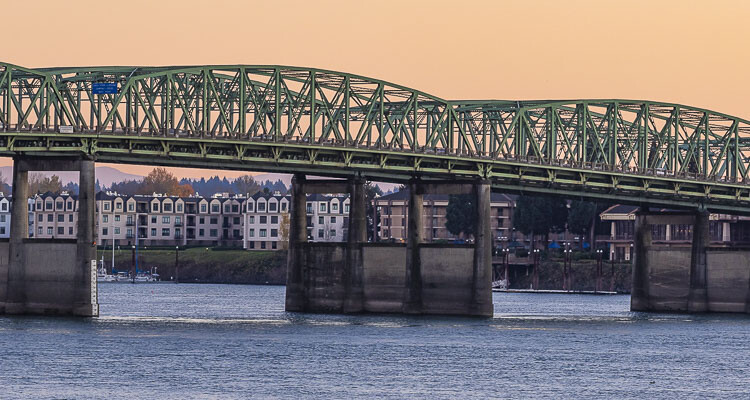
The Cascade Policy Institute disputes information provided by the Interstate Bridge Replacement Program team
Micah Perry
Cascade Policy Institute
PORTLAND, Ore. – On Friday (May 20), state legislators from Washington and Oregon will gather virtually for an informational meeting about plans for the I-5 Bridge Replacement Program (IBR). During the meeting, the project’s administrators are scheduled to speak and respond to questions raised at an earlier May 6 meeting.
According to the slide deck for the presentation, project leadership will discuss ridership on TriMet’s Yellow Line in order to justify the inclusion of light rail in the current plans. However, the information provided in the presentation’s slides is misleading and fails to tell the full story of light rail’s failures. It also reveals just how poorly transportation planners are able to predict transit ridership.
IBR’s administrators claim that projected ridership numbers have been met or nearly met for four out of the five MAX lines. While ridership may have approached short-term estimates after each light rail line first opened, TriMet’s longer-term forecasts have been wildly off, especially since overall MAX ridership peaked in 2012. Even TriMet’s short-term estimates can easily be wrong, though, as the Yellow Line’s first year ridership was 16% lower than expected.
TriMet’s Yellow Line has consistently underperformed in frequency of service, travel times, and especially ridership, as demonstrated in a 2019 report from Cascade Policy Institute, which was released on the Yellow Line’s 15th anniversary.
While the pandemic has significantly decreased ridership levels on all public transit, the Yellow Line was well short of its projected ridership even before the lockdowns. The IBRP administrators’ presentation conveniently leaves out this fact.
Cascade’s report showed that, as of April 2019, ridership was 27 percent lower than TriMet’s 2020 projections and had been falling for three consecutive years. Right before the pandemic, in February 2020, ridership remained at approximately the same level as the year prior, with 13,890 weekday riders. This was well below the 18,100 riders TriMet had promised by 2020 when it began constructing the Yellow Line.
State legislators on the Bi-state Legislative Committee should question any promises made by transportation officials about light rail, and especially the Yellow Line. They should also push back against the inclusion of light rail in IBR’s plans, and instead urge administrators to consider alternatives for connecting Vancouver to downtown Portland, like rapid bus transit.
The Yellow Line’s history has too many broken promises to ignore, and transportation planners have time and again shown that their projections for light rail can’t be relied upon. Extending light rail past the Expo Center and into Vancouver would be a costly mistake.
Founded in 1991, Cascade Policy Institute is Oregon’s free-market public policy research center. Cascade’s mission is to explore and promote public policy alternatives that foster individual liberty, personal responsibility, and economic opportunity. For more information, visit cascadepolicy.org.




